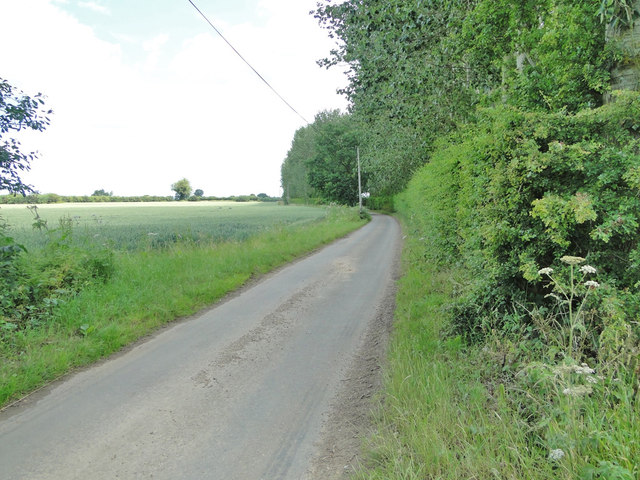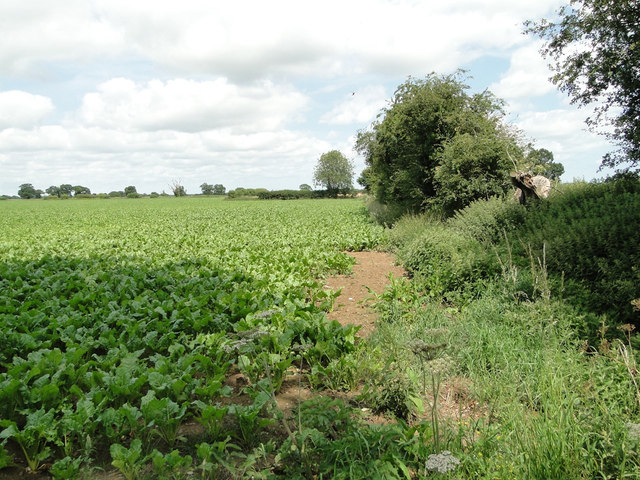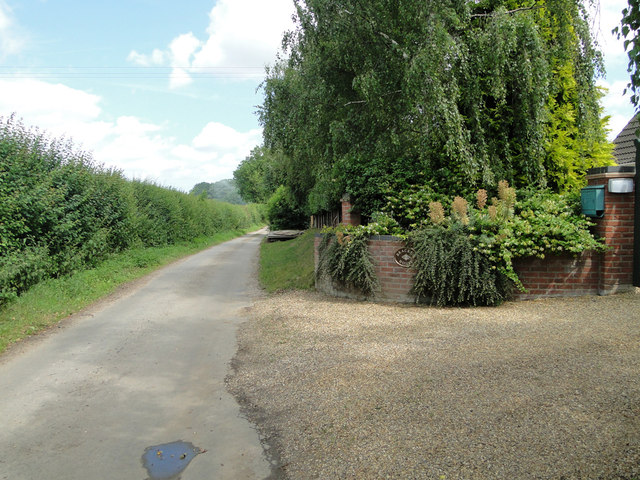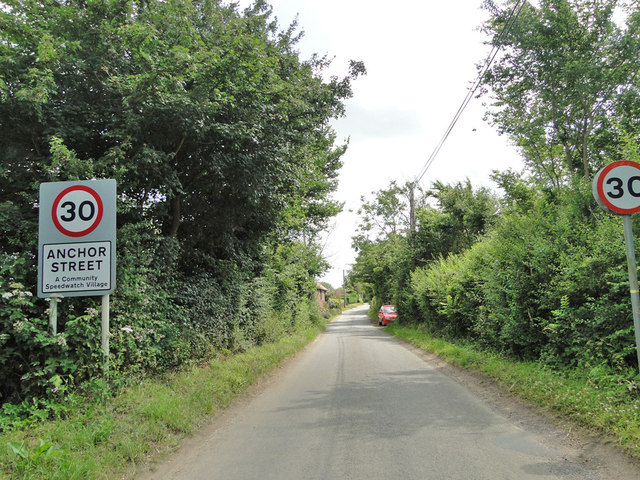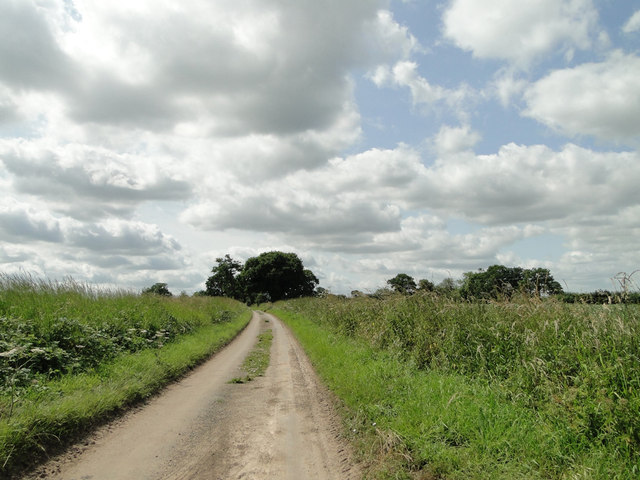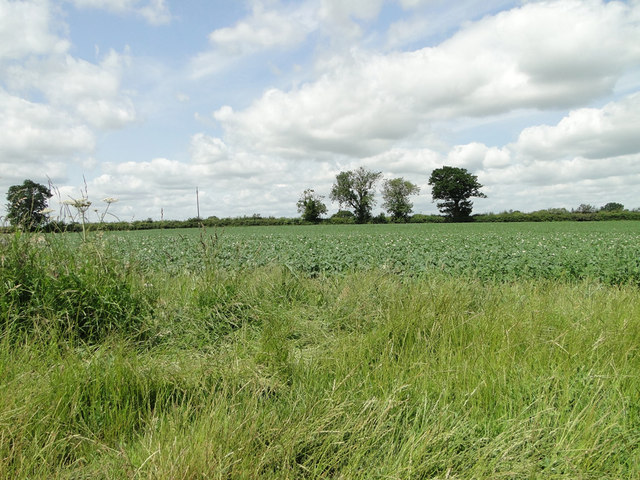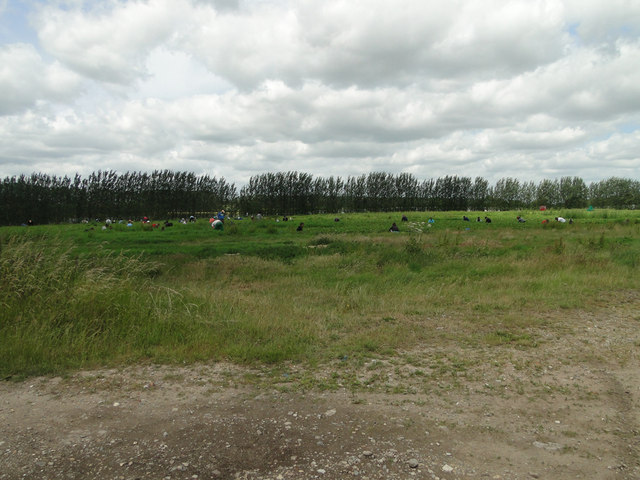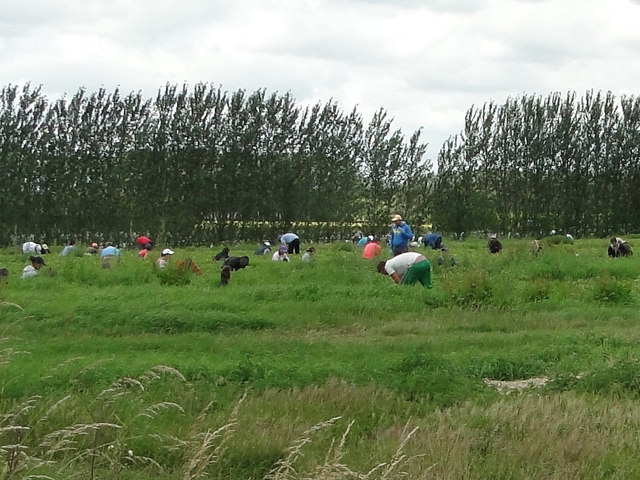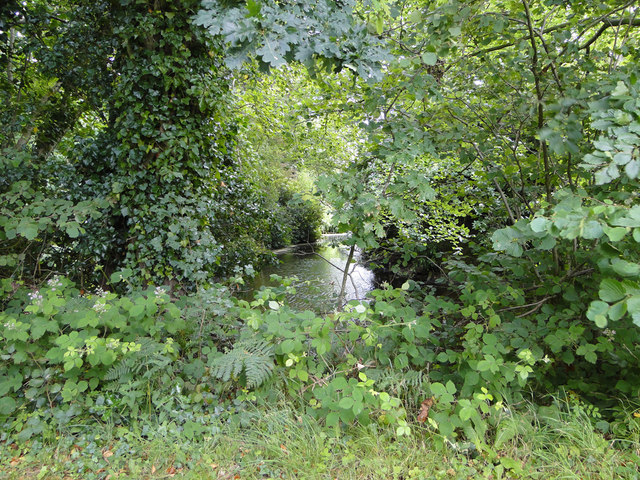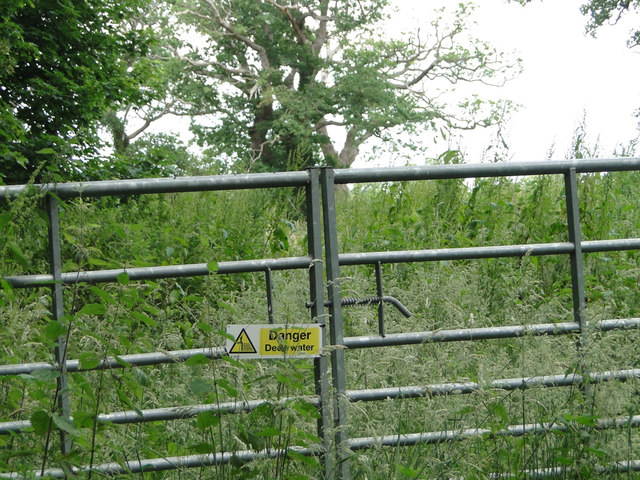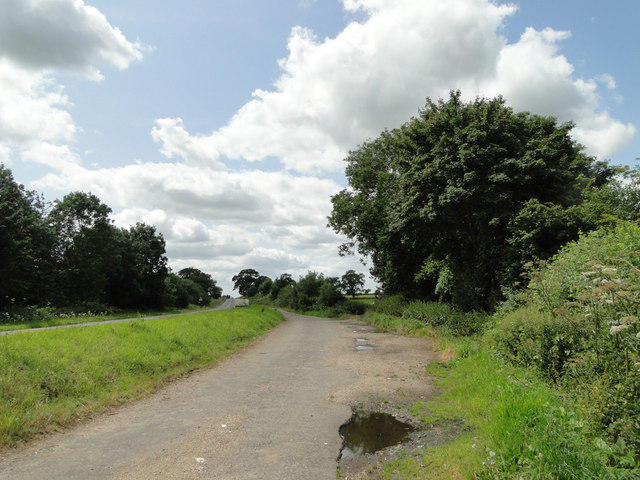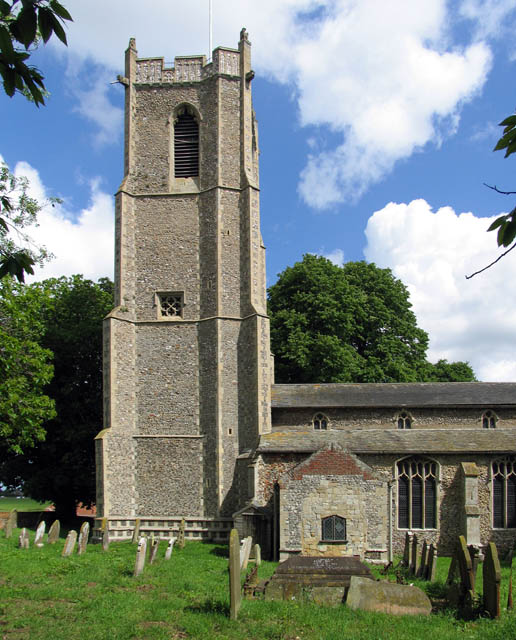Beeston St Lawrence
Settlement in Norfolk North Norfolk
England
Beeston St Lawrence
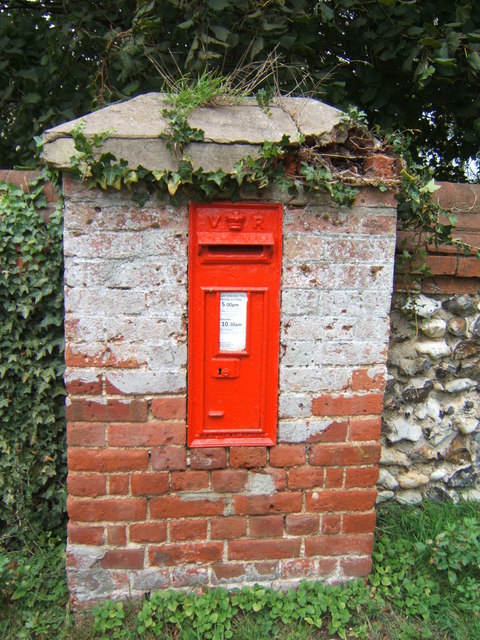
Beeston St Lawrence is a small village located in the county of Norfolk, England. Situated approximately 10 miles north-west of the city of Norwich, Beeston St Lawrence is a picturesque rural community nestled in the heart of the Norfolk countryside.
The village is known for its charming and well-preserved traditional architecture, with many of its buildings dating back to the 17th and 18th centuries. The centerpiece of Beeston St Lawrence is the beautiful parish church of St Lawrence, a Grade II listed building that showcases stunning Norman and Gothic architectural features.
Surrounded by rolling fields and meadows, Beeston St Lawrence offers a tranquil and peaceful atmosphere for its residents and visitors alike. The village is a popular destination for those seeking a quiet retreat away from the hustle and bustle of urban life. The surrounding countryside provides ample opportunities for outdoor activities such as hiking, cycling, and birdwatching.
Despite its small size, Beeston St Lawrence has a strong sense of community, with various social and cultural events organized throughout the year. The village also boasts a local pub, which serves as a gathering place for residents and visitors to enjoy a drink or a meal.
Overall, Beeston St Lawrence is a delightful village that encapsulates the charm and beauty of rural Norfolk. Its rich history, stunning architecture, and peaceful surroundings make it a truly idyllic destination for those seeking a taste of traditional English village life.
If you have any feedback on the listing, please let us know in the comments section below.
Beeston St Lawrence Images
Images are sourced within 2km of 52.752575/1.449044 or Grid Reference TG3222. Thanks to Geograph Open Source API. All images are credited.
![Beeston Hall This fine country house is attributed to the architect William Wilkins of Norwich. It was built in 1786 for Jacob Preston near the site of an older mansion which was torn down. The surrounding park, now largely given over to farming, is believed to have been laid out at around the same time.
In the 1940s, Beeston Hall was owned by Sir Thomas Preston, O.B.E (1886-1976), 6th baronet, who spent most of his time overseas. As a young man, he went on mining expeditions in northern Siberia prospecting for gold and he later joined the Diplomatic Service. He was British Consul in Ekaterinburg at the time of the murder in 1918 by the Bolsheviks of Tsar Nicholas II and the Russian Imperial family. Sir Thomas was succeeded by his eldest son, Sir Ronald Douglas Hildebrand Preston, 7th Baronet, who served as a Major in the Intelligence Corps and later worked for Reuters and The Times as a foreign correspondent. He was also a member of the SOE (Special Operations Executive, a covert military organisation).
From 1940 to 1942, Beeston Hall housed the Norfolk Auxiliary Units&#039; administrative headquarters and it was here where Captain Nigel Oxenden [later Major Nigel Oxenden MC] and his staff were based. Although the Hall is surrounded by extensive park and farmland, no training exercises appear to have been held at Beeston.
At present, the estate is known as the Beeston Hall Arabian Stud.
(Picture taken by kind permission of the owner.)](https://s1.geograph.org.uk/geophotos/04/36/62/4366233_174a9e27.jpg)
![Beeston Hall This fine country house is attributed to the architect William Wilkins of Norwich. It was built in 1786 for Jacob Preston near the site of an older mansion which was torn down. The surrounding park, now largely given over to farming, is believed to have been laid out at around the same time.
In the 1940s, Beeston Hall was owned by Sir Thomas Preston, O.B.E (1886-1976), 6th baronet, who spent most of his time overseas. As a young man, he went on mining expeditions in northern Siberia prospecting for gold and he later joined the Diplomatic Service. He was British Consul in Ekaterinburg at the time of the murder in 1918 by the Bolsheviks of Tsar Nicholas II and the Russian Imperial family. Sir Thomas was succeeded by his eldest son, Sir Ronald Douglas Hildebrand Preston, 7th Baronet, who served as a Major in the Intelligence Corps and later worked for Reuters and The Times as a foreign correspondent. He was also a member of the SOE (Special Operations Executive, a covert military organisation).
From 1940 to 1942, Beeston Hall housed the Norfolk Auxiliary Units&#039; administrative headquarters and it was here where Captain Nigel Oxenden [later Major Nigel Oxenden MC] and his staff were based. Although the Hall is surrounded by extensive park and farmland, no training exercises appear to have been held at Beeston.
At present, the estate is known as the Beeston Hall Arabian Stud.
(Picture taken by kind permission of the owner.)](https://s3.geograph.org.uk/geophotos/04/36/62/4366235_2e6285be.jpg)
Beeston St Lawrence is located at Grid Ref: TG3222 (Lat: 52.752575, Lng: 1.449044)
Administrative County: Norfolk
District: North Norfolk
Police Authority: Norfolk
What 3 Words
///lunging.rival.scorched. Near Hoveton, Norfolk
Nearby Locations
Related Wikis
Smallburgh
Smallburgh is a village and a civil parish in the English county of Norfolk. The village is fourteen miles (21 km) south-east of Cromer, fourteen miles...
St Michael and All Angels Church, Barton Turf
St Michael and All Angels is the Church of England parish church of Barton Turf in the county of Norfolk in England. See Inside here. It stands about a...
Smallburgh Fen
Smallburgh Fen is a 7.6-hectare (19-acre) biological Site of Special Scientific Interest in Smallburgh in Norfolk, United Kingdom It is part of the Broadland...
Dilham
Dilham is a village and civil parish in the English county of Norfolk. The village is located 4.3 miles south-east of North Walsham and 12 miles north...
Anchor Street
Anchor Street is a village in Norfolk, England.
Neatishead
Neatishead ( NEET-stəd) is a village and civil parish in the English county of Norfolk. The village is situated some 20 km (12 mi) north-east of the city...
Barton Turf
Barton Turf is a village and civil parish in the English county of Norfolk. It is 20 km north-east of the city of Norwich, on the northwestern edge of...
Ashmanhaugh
Ashmanhaugh is a village and civil parish in the English county of Norfolk, situated some 20 km north east of Norwich. See Inside the churches of St Swithins...
Nearby Amenities
Located within 500m of 52.752575,1.449044Have you been to Beeston St Lawrence?
Leave your review of Beeston St Lawrence below (or comments, questions and feedback).
